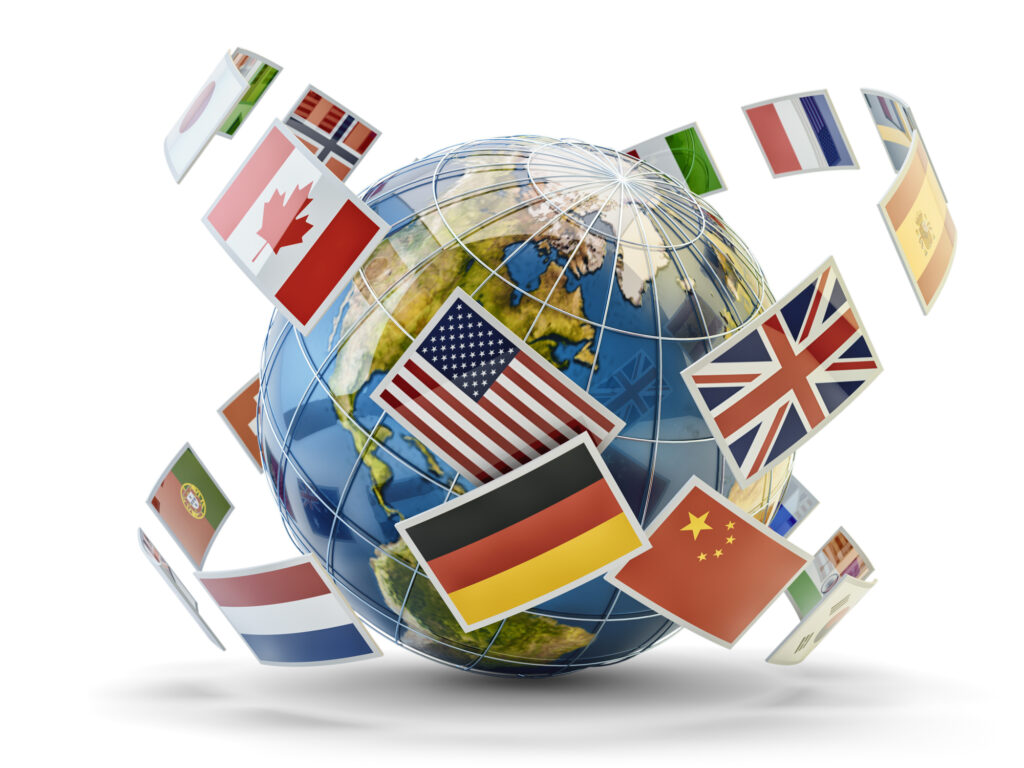
Grades 9-12
Happy EconEdMonth! Celebrate economics all month long by visiting EconEdMonth.org

Don't have an account yet? Sign up for free
Don't have an account yet? Sign up for free


Is the U.S. Sugar Program a necessary defense against disruptive global trade practices or lavish corporate welfare at the expense of the American consumer and commerce?
Government policies often impact the mechanisms that the free market uses to set prices and every president has to deal with how to shape those government policies. In this lesson, students examine one example of government intervention in markets by looking at the U.S. Sugar Program to understand price floors and import quotas. Students will utilize the Structured Academic Controversy method to explore the U.S. Sugar Program as it is administered by the USDA. Through research and civil discourse, a clear understanding of the elements of the program will emerge. Students will gradually construct their own opinions on the merit of this policy.
The U.S. Sugar Program is a set of policies with origins dating back to 1934 and the Great Depression. Today, this set of guidelines written by Congress and administered by the USDA provides a great deal of financial support and risk reduction for America’s sugar processors as well as the sugar cane and sugar beet growers. The sugar program provides a price guarantee to the processors of sugarcane and sugar beets, and in turn, to the producers of both crops. This safety net consists of four tools:
The latest iteration of this program was constructed in 1981. Since then, sugar has been subject to a higher degree of government control than any other major agricultural commodity. It provides an ironclad set of protections for the 142,000 people employed in the industry. But critics are quick to note that American consumers have to pay more for products that contain sugar than if the ingredient were purchased at world market prices. In addition, industries that use sugar in their products have to pay more, making it difficult for them to compete with international players not burdened by this program. They claim that for every job protected in the sugar industry, a greater number of jobs are lost in these vertically positioned industries.
Conversely, it is the contention of supporters that the program is vital to defend against the unlawful dumping of sugar into our market by foreign competition. They feel the sweetener industry wouldn’t be able to stand up against the likes of Brazil and Mexico who purposely sell sugar at reduced prices. This is accentuated by the belief that the costs of producing sugar are quite high in the U.S. compared to its competitors. The result would be a loss of control over our food industry which could compromise national security. This program is part of the larger farm bill that Congress addresses. It stands out in this legislation for the passion exhibited by parties on both sides in the emotional reward of protectionism and the fallout this kind of policy can create.
Extension activity not available.
As a final exercise, have students respond to the following question in a full paragraph.
Despite sugar and sweeteners being consumed by just about every American and more money being allocated for protection of the sugar industry than all other major commodities combined, very few Americans have any knowledge of this Program’s existence. Why is there so little public awareness of this generous Programs protection of such a ubiquitous product as sugar? (Possible answers include the fact that to individual Americans little cost is incurred, farm bills do not enjoy the high profile that other policies do (health care, defense, and education for example), there is bipartisan support for sugar protection so there is rarely any demonstrative debate over the policy, many Americans maintain the belief that protecting American farmers is always the right thing.)

Grades 9-12

Content Partner
Grades 6-8, 9-12

Grades 9-12

Grades 9-12
